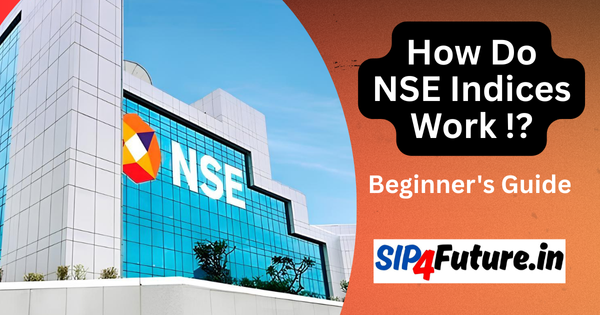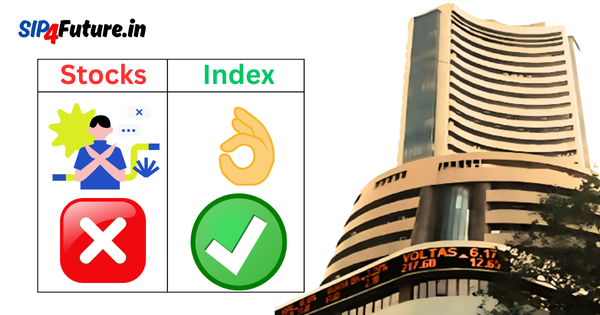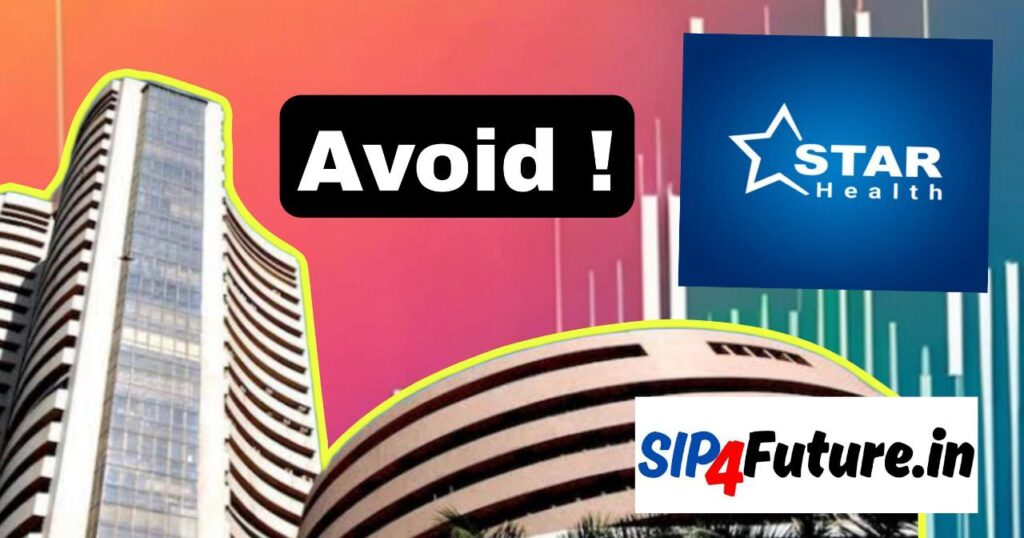India’s health insurance sector is undergoing a transformative phase, and Star Health Insurance, officially known as Star Health & Allied Insurance Company Ltd. (NSE: STARHEALTH), stands at the forefront of this evolution. On May 5, 2025, the company announced a pivotal leadership change, appointing former Commerce Secretary Rajeev Kher as its new Chairperson of the Board of Directors, pending approval from the Insurance Regulatory and Development Authority of India (IRDAI). This move signals a strategic step to strengthen governance and navigate the complexities of the insurance and healthcare landscape. With the stock trading at ₹373.75 on the National Stock Exchange (NSE), down 0.99% as of May 5, 2025, this article delves into the implications of this appointment, the factors influencing Star Health Insurance’s stock price, and its position in the broader market context.
What Does Rajeev Kher’s Appointment Mean for Star Health Insurance?
Rajeev Kher’s appointment as Chairperson is a significant milestone for Star Health Insurance, India’s largest retail health insurance provider. With over 40 years of experience in international trade, industrial development, sustainable policy, and regulatory governance, Kher brings a wealth of expertise to the boardroom. His tenure as Commerce Secretary saw him shape India’s Foreign Trade Policy and lead critical international trade negotiations, skills that are expected to enhance Star Health’s strategic decision-making.
This leadership transition comes at a time when the health insurance sector faces rising medical inflation, evolving regulatory frameworks, and increasing demand for affordable coverage. Kher’s regulatory and policy experience could help Star Health Insurance align with government initiatives like Ayushman Bharat, which aims to expand healthcare access. His appointment is viewed positively, as it underscores the company’s commitment to robust governance and innovation in a competitive market.
How Will Kher’s Expertise Shape Star Health’s Future?
Kher’s background in sustainable policy and international trade could steer Star Health Insurance toward innovative product offerings and partnerships. For instance, his global perspective might facilitate collaborations with international reinsurers or health-tech firms, enhancing the company’s ability to manage rising claims ratios, a challenge highlighted in recent financial reports. In Q4 FY25, Star Health reported a staggering 99.64% decline in net profit to ₹0.51 crore, driven by an underwriting loss of ₹275.2 crore, up from ₹91.8 crore the previous year. Kher’s strategic oversight could focus on recalibrating pricing models and improving operational efficiency to address these setbacks.
Moreover, his regulatory expertise aligns with the IRDAI’s push for composite licensing, which would allow insurers to offer both health and life insurance products. Star Health’s MD & CEO, Anand Roy, recently expressed interest in entering the life insurance space once this framework is implemented. Kher’s experience could accelerate these ambitions, positioning Star Health as a diversified insurance provider.
What Factors Are Impacting Star Health Insurance’s Stock Price?
Star Health Insurance’s stock price of ₹373.75 on May 5, 2025, reflects a marginal decline of 0.99%, consistent with recent volatility. The stock has faced significant challenges, trading nearly 60% below its IPO price from December 2021. Below, we explore the primary factors influencing its performance, including sector dynamics, government policies, and global market trends.
Sectoral Challenges in Health Insurance
The health insurance sector is grappling with rising medical inflation, which increases claim payouts and squeezes profitability. Star Health’s Q4 FY25 results revealed a claims ratio problem, with underwriting losses escalating due to higher-than-expected medical costs. Despite a 10% year-on-year growth in Gross Written Premium (GWP) to ₹16,781 crore and a robust solvency ratio of 2.21x, the company’s profitability was hit hard.
However, the sector’s long-term outlook remains positive. India’s health insurance penetration is low, at under 20% of the population, compared to over 80% in developed markets. Government initiatives like Ayushman Bharat and increasing awareness of health coverage are driving demand. Star Health, with 2.3 crore lives covered and a strong rural presence, is well-positioned to capitalize on this growth.
| Key Financial Metrics (FY25) | Value | Change YoY |
|---|---|---|
| Gross Written Premium (GWP) | ₹16,781 Cr | +10% |
| Net Profit After Tax (PAT) | ₹645.86 Cr | -23.57% |
| Solvency Ratio | 2.21x | Improved |
| Lives Covered | 2.3 Cr | Stable |
Government Policies and Regulatory Impacts
Government policies play a critical role in shaping the insurance sector. The IRDAI’s recent guidelines on product pricing and claims processing aim to enhance transparency but have increased compliance costs for insurers. Star Health’s focus on retail health insurance, with products like the market-leading SuperStar, aligns with these regulations, but rising compliance burdens could pressure margins.
Additionally, the government’s push for universal healthcare through schemes like Ayushman Bharat could both complement and compete with private insurers. While Star Health benefits from increased health awareness, public schemes may reduce demand for private policies in lower-income segments. Kher’s regulatory expertise could help Star Health navigate these dynamics, potentially securing partnerships with government programs.
For real-time regulatory updates, visit the IRDAI website.
Global Market Scenario and Trading Conditions
Global market trends also influence Star Health Insurance’s stock performance. The Indian stock market, tracked by indices like the Sensex and Nifty, has shown resilience despite geopolitical tensions and global trade uncertainties. On April 30, 2025, the Nifty 50 settled at 24,334.20, down marginally by 0.01%, reflecting choppy trading conditions. Sectors like PSU Banks and Media saw declines, while IT and Realty gained, indicating selective investor confidence.
Star Health’s stock underperformed the broader market on April 30, 2025, declining 3.13% due to its weak Q4 results. However, positive earnings from companies like Reliance and foreign fund inflows provided some support to the market. Global factors, such as rising medical costs in markets like the U.S., where insurers like CVS Health reported challenges with Medicare Advantage claims, highlight similar pressures on Star Health.
For live stock updates, check NSE India or BSE India.
How Is Star Health Insurance Responding to Market Challenges?
Star Health Insurance has taken proactive steps to address its challenges. The company’s focus on digital transformation, with initiatives like wellness programs and a 6x increase in wellness enrollments, reflects its commitment to customer engagement. Its retail health renewal premium ratio remains strong, indicating customer loyalty despite profitability concerns.
Strategic Initiatives Under New Leadership
Under Kher’s leadership, Star Health is likely to prioritize:
- Product Innovation: Expanding offerings like SuperStar to address affordability and coverage needs.
- Cost Management: Tackling underwriting losses through better risk assessment and pricing strategies.
- Regulatory Alignment: Leveraging Kher’s expertise to comply with IRDAI guidelines and explore composite licensing.
The appointment of Prashant Kalaver as Chief Risk Officer, effective May 12, 2025, further strengthens risk management, critical for addressing claims-related losses.
Competitive Positioning
Star Health faces competition from players like ICICI Lombard and HDFC Ergo, but its focus on retail health and rural outreach gives it an edge. The company’s market capitalization of ₹23,420.35 crore and a network covering semi-urban areas position it as a leader in underserved markets.
When Will Star Health Insurance’s Stock Recover?
The stock’s recovery hinges on several factors: improved profitability, regulatory clarity, and sustained premium growth. YES Securities recently issued a “Buy” recommendation with a target price of ₹475, suggesting confidence in Star Health’s long-term potential. However, investors must weigh short-term challenges, such as underwriting losses and market volatility.
Historical Returns and Future Targets
Star Health’s stock has faced a tough journey since its IPO in December 2021, with a 56% loss for IPO investors as of April 2025. Its peak price of ₹647.65 on September 9, 2024, was followed by a 49% decline by April 7, 2025, reflecting investor concerns over profitability.
| Historical Returns | Period | Return |
|---|---|---|
| Since IPO (Dec 2021) | ~3.5 Years | -56% |
| 1-Year High to Low | Sep 2024 – Apr 2025 | -49% |
Future Targets (As of May 2025):
- YES Securities: ₹475 (Buy)
- Market Consensus: Analysts suggest a range of ₹450–₹500, contingent on Q1 FY26 results and claims ratio improvements.
For detailed stock analysis, visit
.
What Lies Ahead for Star Health Insurance?
The appointment of Rajeev Kher as Chairperson marks a positive turning point for Star Health Insurance, reinforcing its governance and strategic vision. While challenges like underwriting losses and medical inflation persist, the company’s strong market position, rural outreach, and digital initiatives provide a solid foundation for growth. The health insurance sector’s long-term potential, driven by low penetration and government support, bodes well for Star Health’s recovery.
Investors should monitor upcoming quarterly results, regulatory developments, and Kher’s strategic moves. With a focus on innovation and efficiency, Star Health Insurance is poised to navigate market complexities and deliver value to stakeholders.
Disclaimer: The information provided in this article is for educational purposes only and should not be construed as financial or investment advice. Stock market investments are subject to risks, and past performance is not indicative of future results. Consult a certified financial advisor before making investment decisions.




